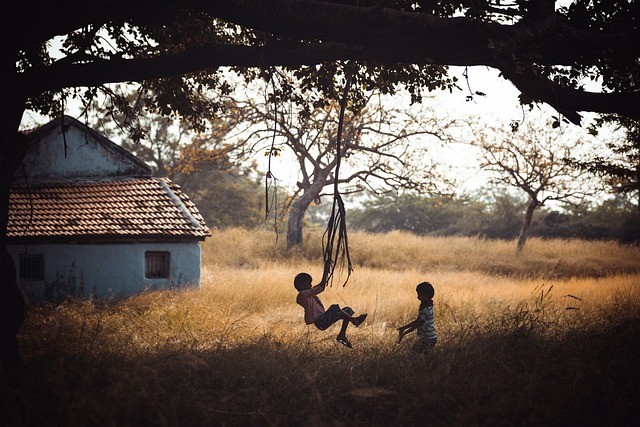Finding the right balance between engaging experiences and a calm environment is key to a successful and enjoyable summer. Here are twenty low sensory activity ideas specifically tailored for students with vision impairments, including teens and students with complex needs.
Creating a low sensory environment
Before diving into activity ideas, it’s important to understand what creates a low sensory environment. Here are a few ideas, but if the child is able to communicate their own thoughts and ideas to what works best for them, start there. Always consider the individual first.
- Reduce visual clutter: Organize spaces, minimize patterned items, and use solid backgrounds
- Control noise levels: Opt for quieter environments or provide noise-canceling headphones (not all students tolerate all headphones, so you may have to trial this).
- Minimize strong scents: Avoid heavily scented products or activities with intense smells.
- Provide clear spaces and consistent organization: Make it easy to navigate spaces and find items without confusion. Some activities may need to be taught regarding what to expect, O&M (orientation and mobility), and introducing novel activities beforehand.
Low sensory activity ideas
Outdoor adventures
- Nature walks: Explore nature trails exploring varied textures. Start with trails that have clear paths and rest areas and visit these trails more than once to create a routine.
- Sensory garden visit: Find a garden designed to engage the senses of touch, smell, and sound.
- Forest bathing: The practice of immersing oneself in nature. Taking time in the woods to listen to sounds, feel, and the environment when immersed in the forest.Read my article as a guide to exploring forest bathing for students of all ages with visual impairments.
- Gentle water play: A shallow pool or water table with interesting textures can provide tactile stimulation. Freeze a big block of ice with various items in it to discover or wash bikes and toys outside on a sunny day.
- Gardening: Engage in planting herbs or flowers, focusing on the feel and smell of soil and plants.
- Bird watching: Listen to bird songs and explore different bird feeders with varying seeds. Check out this YouTube video first:
Indoor Exploration
- Creative writing/journaling/storytelling: Explore creative writing prompts, or create oral stories. Read this Summer braille journal article.
- Listening to audiobooks or podcasts: Immerse in engaging stories and information without visual strain. Apps that support mobile literacy article.
- Board games: Try tactile versions of classic board games or explore tactile puzzles. Here is our microsite about this topic
- Cooking or Baking: Explore different tastes, smells, and textures by preparing simple recipes. Read: Let’s Get Cookin’! Kitchen Exploration with Your Family and The Blind Kitchen.
- Musical exploration: Play instruments or listen to different genres of music. Read this article: Lime Lighter Music Reading Device for People with Low Vision.
Mindfulness and Relaxation
- Guided meditation: Engage in guided meditation to promote calm and relaxation.
- Yoga: Practice gentle yoga poses focusing on body awareness and breathing.
- Create a sensory box: Explore a sensory bin filled with interesting textured objects.
- Quiet reading nook: Create a peaceful corner for reading braille or large print books.
Social Connections
- Small group discussions: Participate in thoughtful discussions on topics of interest.
- Buddy system: Pair with a friend for low-sensory activities.
- Volunteering: Engage in meaningful service in a calm environment.
- Family game night: Play adapted games that can be enjoyed by all family members.
- Learning a new skill: Take a class or workshop in an area of interest.
Adapt for individual needs
Remember to adapt these activities to each child’s individual needs and preferences. Consult with the child and their teachers, therapists, and families to identify the most suitable and enjoyable options for a relaxing and enriching summer.





